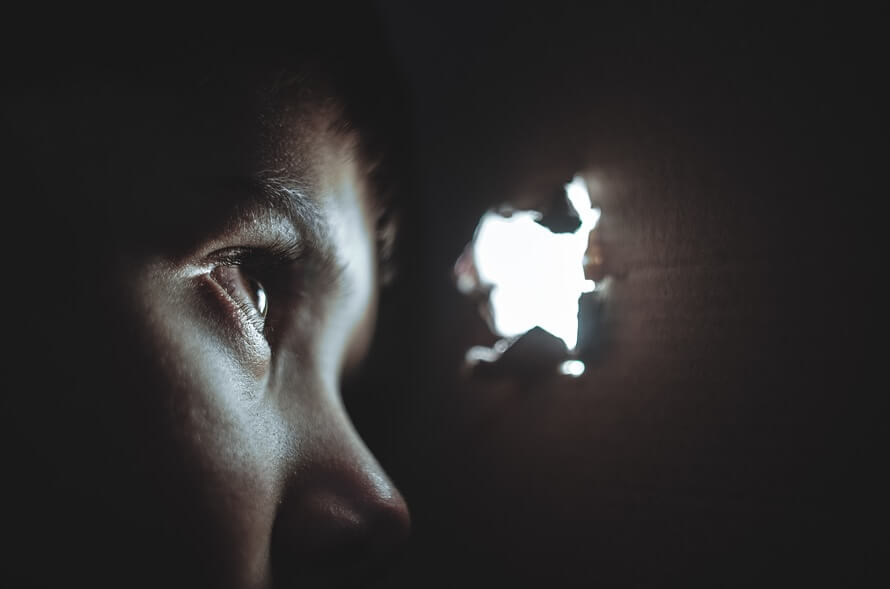A high school student drops out of school every 26 seconds in the United States. High school dropouts are 15-17% more likely to be from Arizona. Studies show 3 out of every 4 drop out students will go on to commit a crime. They will earn 100% to 150% less than their counterparts with a high school diploma will. Being a high-school dropout makes students ineligible for 90% of available jobs. This is one of the major issues the U.S. is trying to overcome, it currently ranks 22nd out of 27 in high school graduation rates. This is the state of high school education.
Research found that the top reason for students dropping out of high school is due to a lack of motivation to perform (80%). Most students are not leaving the classroom because they are in financial need or because they know they will be the next Bill Gates. Students simply do not see value in the high school education they are receiving. This causes students to act out, cause disruptions and show bad behavior in class.
Interesting Solutions
 With everyone from teachers to security guards trying to find a solution to these disruptions as well as improve the retention rates, two visionaries seem to have found the answer:
With everyone from teachers to security guards trying to find a solution to these disruptions as well as improve the retention rates, two visionaries seem to have found the answer:
 Sugata Mitra: a world-renowned professor of education technology at Newcastle University, created a non-traditional school that empowers students to work together via the cloud to solve problems, using adults only for encouragement instead of providing instruction. He identified the two major causes for students to lose motivation are the use of punishment or examinations. This leads to the brain feeling threatened and shutting down the prefrontal cortex, which is the part of the brain responsible for learning. Mitra identified the traditional process of overwhelming students with information that makes them think and asking them to perform is outdated and not optimal.
Sugata Mitra: a world-renowned professor of education technology at Newcastle University, created a non-traditional school that empowers students to work together via the cloud to solve problems, using adults only for encouragement instead of providing instruction. He identified the two major causes for students to lose motivation are the use of punishment or examinations. This leads to the brain feeling threatened and shutting down the prefrontal cortex, which is the part of the brain responsible for learning. Mitra identified the traditional process of overwhelming students with information that makes them think and asking them to perform is outdated and not optimal.- Ricardo Semler: a CEO in Brazil also identified that the traditional education approach of considering all the students equal, who are all required to meet the same minimum standards based on age and grade, produces poor performance and creates unmotivated students. Instead, Ricardo Semler found it better to create a structure that accepts students for who they are and keeps them motivated.
Both Mitra and Semler’s programs have become tremendously successful, helping students become more motivated and improve their learning. LSA, too, has implemented leadership development programs and leadership academies seeking to help underperforming and at-risk students develop leadership traits, styles and skills. Through the creation of university high school summer programs and college programs for high school students, LSA students have seen the same results as Semler and Mitra.
Results
Leadership Academy Results in Hawaii | Metrics |
| Students Educated | 20 |
| Course Rating | 9.7 / 10 |
| Average Decrease in Stress Levels | 40% |
Leadership Academy Results with At-risk Students | Metrics |
| Students Educated | 69 |
| Course Rating | 9.6 / 10 |
| Average Decrease in Stress Levels | 35% |
| Average Increase in Personal Happiness | 19% |
| Average Increase in Self-Confidence | 39% |
| Belief that “I Control my Life” | 75% |
| Ability to Plan for the Future | 53% |
Conclusions

The traditional K–12 and college educational approach is encountering problems with increased student stress, low retention rates, and overall low-performing students due to lack of motivation. LSA’s Leadership Academy provides students the leadership skills necessary to lead themselves to success through the following:
- Simplifying complex issues.
- Minimizing the students need to think and memorize information.
- Minimizing rules and control.
- Using the latest scientific developments.
- Using natural laws and logic to help students solve complex issues instead of technical information and experience.
As a result to the difficulty level of changing the current high school education structure in the U.S., LSA has provided supplementary education to help students decrease their stress, increase their happiness, and find out how they can add value to society. Ultimately, LSA is more interested in helping students learn to be successful and happy, instead of just learning how to survive school.

